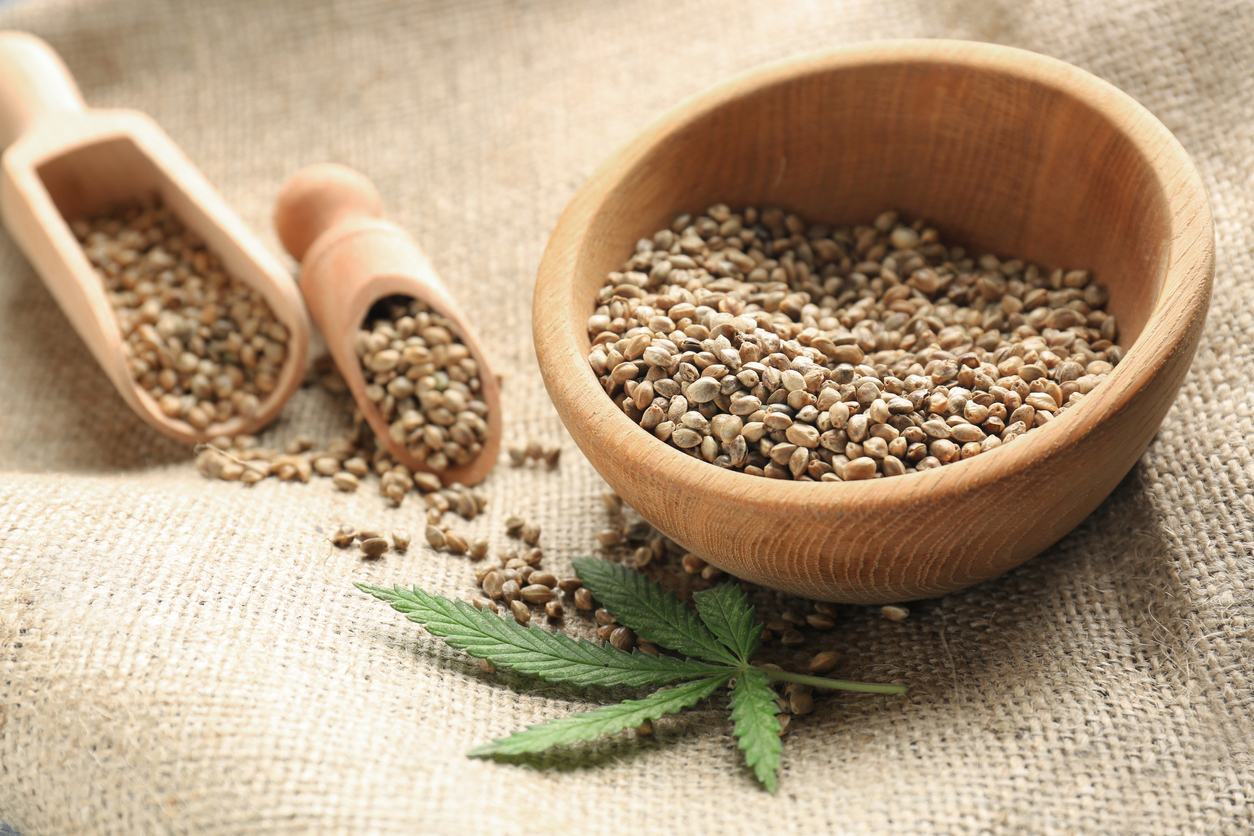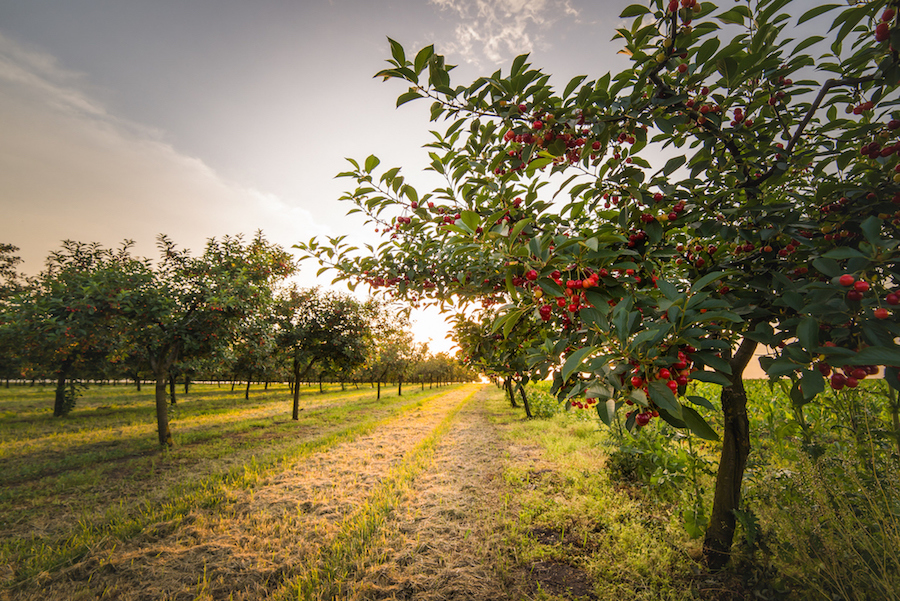While the Canadian forest industry might take exception to the analogy, their infiltration of the U.S. South’s sawmills has been slow, methodical and under the radar. Certainly, “quiet” would be an exaggeration. After all, West Fraser Timber (WFT), Interfor (IFP), Canfor (CFP) and Conifex Timber (CFF) are all publicly-traded on the Toronto Stock Exchange, and each of their many acquisitions have come with press releases and industry commentary. But generally speaking, the encroachment has been undetected.
Read moreInvesting for Positive Social Impact
There are many reasons why people invest, whether it’s long-term goals like retirement or harnessing the power of compound interest to earn more money. Impact investments are made with the intent to improve social and environmental standards while generating profit. Global challenges, such as affordable basic services and sustainable agriculture, are motivating issues for many people.
Read moreGetting Exposure to Frontier Markets via Agriculture
Agriculture offers a solid way to gain exposure to what the investment community calls "emerging markets," and the even less developed, "frontier markets." Emerging markets, like Brazil, are attractive to investors due to their rapid economic growth and industrialization. Frontier markets have lower market capitalization and liquidity than the more developed, emerging markets. Though these definitions aren't universally agreed upon, the investment research firm MSCI has defined these categories and routinely updates their index to reflect the relative status of each country.
Read moreHow and When to Use a Self-Directed IRA
While self-directed IRAs are not commonly known, even among financial advisors and Wall Street investment bankers, they are an excellent retirement option for investors who want to diversify their assets beyond stocks, bonds and mutual funds.
Read moreThe Rise of Plant-Based Food Marketing
Consumer eating habits are gradually changing away from meat-based, giving the plant-based product industry sustainable growth and a bright future. According to Nutrition Business Journal, 26% of consumers have cut down on meat in the past year, and this number could potentially rise.
Read moreWhy Invest in Agriculture?
There is no better asset to own than one that increases in value over the long term and keeps pace with inflation. So, what if you could invest in something that never gets to a zero value? What if you could invest in something tangible that produces community benefits? According to one study, one of the last things people are willing to cut from their budgets is food. The population is only increasing, and with it the demand for goods is increasing as well. Investing in agriculture means supporting an industry and lifestyle, keeping farmers in the business of farming, and keeping your investments more secure than they would be in the stock market.
Read more4 Tips to Becoming a Successful Agriculture Investor
Investing during a period with so many choices can be intimidating. Each asset carries its own risk/reward profile, and there’s no one-stop source on how to safely make the most out of your money. It’s easy to put your money into opportunities that are familiar instead of investing in a complex, possibly foreign, industry like agriculture. Don’t let the potential learning curve scare you away from great returns in an asset class that helps feed, clothe, and fuel the world. Here are three tips to becoming a successful agriculture investor:
Read more4 Ways to Make Your Project More Attractive to Investors
When considering raising capital with crowdfunding for a farm or ranch operation, it’s important to think about your project’s appeal to investors. Do you have the returns and components that will make investors want to put money into your livelihood? While putting together a business plan and financial projections, reflect on these four ways to make your project more attractive to investors.
Read more5 Agriculture Investing Trends to Watch in 2019
Agriculture produces the world’s food, fuel and fiber and is rapidly being impacted by technology, regulation, and changing consumer preferences. As the industry evolves to feed an ever-growing global population, here are some investment trends to watch in 2019.
Read moreCashing in on Hemp Crops
In what President Trump called a “tremendous victory for the American farmer,” the 2018 Farm Bill was recently signed into law which legalized hemp at a federal level, and allows states to have programs for growing industrial hemp commercially. The new law allows for transporting hemp across state lines, expanding export and sales options. Now, crop insurance is available for hemp crops, making it less of a risk for farmers to produce, making room for farmers to expand their operation with hemp.
Read moreUnderstand the Risks Before Investing in Cannabis
One of the hottest trends right now in the equity market is marijuana. It’s a long time illegal substance that has finally become legalized, and investors are looking to cash in. The market for marijuana is set to grow substantially over the next few years. The current market is valued around $8.5 billion with sales set to be around $23.4 billion by 2022. Everyone is trying to hop on the marijuana train in fear of missing out on such a lucrative new investment opportunity, but little research is usually done by these investors.
Read moreThe Tax Advantages of Investing in Agriculture
Investing in agriculture is a relatively low-risk way to diversify a portfolio, it provides tangible community benefits, but it can also offer investors unique tax advantages. There are several different tax benefits you may be eligible for as an investor, depending on in the type of crop and how the deal is structured. Below, we explore some of the most common tax advantages associated with agricultural investments.Investing in agriculture is a relatively low-risk way to diversify a portfolio, it provides tangible community benefits, but it can also offer investors unique tax advantages. There are several different tax benefits you may be eligible for as an investor, depending on in the type of crop and how the deal is structured. Below, we explore some of the most common tax advantages associated with agricultural investments.
Read moreOpportunity Zone Investments: What Farmers & Investors Need to Know
The new tax reform legislation, the Tax Cuts and Jobs Act, added a program called “Opportunity Zones” into the tax law. Similar to the 1031 exchange, Opportunity Zones is an economic development designed to benefit long-term investments by deferring capital gains taxes. Investors do not need to live in an Opportunity Zone to get the tax benefits, all they need to do is invest in a Qualified Opportunity Fund.
Read moreAchieving Risk Parity With Alternative Assets
Most people may not have heard of risk parity, but are fairly familiar with the idea of diversified portfolios. What has been preached for decades in classrooms and among portfolio managers is the idea of a 60/40 portfolio. A 60/40 portfolio is one that contains 60% of equity and 40% bonds. The 60/40 method minimizes an emphasis on risk. Typically, in a 60/40 portfolio the 60% equity accounts for around 90% of the risk of the portfolio. This strategy is not advantageous for risk-averse investors. However, the risk parity strategy offers a solution for investors to stay diversified while taking into account risk factors.
Read moreHow Equity Crowdfunding is Changing Emerging Markets
Crowdfunding has grown significantly in the last few years, especially in the United States and Europe. The equity crowdfunding market is valued around $1.7 billion annually with total value of deals invested per year to growth to reach $5 billion by 2022. Much of this growth can be attributed to developing countries adopting equity crowdfunding for their new businesses. Currently, developing countries, such as Africa and South America, have the highest percentage of individuals starting their own businesses with Nigeria having as high as 40% of total businesses. The problem for these startups is the lack of access to traditional banking. In turn, these startups have to get creative, which is why most will turn to equity crowdfunding as a way to raise capital. The World Bank has estimated that there is chance to reach up 334 million people in emerging economies through crowdfunding.
Read more5 Ways to Make Money With Investments In Agriculture
There are many reasons to invest in agriculture: it is a low-risk investment that keeps pace with inflation and increases in value over the long-term, it is a tangible asset that provides benefit to the community, and it can diversify a portfolio. But how exactly does an investment like this make money? Depending on the investment and the type of farm, investors can profit through several different ways. We’ve covered five of the most common ways agriculture generates returns below.
Read moreWhat is a PPM and why should I read it?
In many cases, private equity companies want to increase their level of growth without taking on debt or going public. If, for example, a company decides to scale up its operations, it can look to a private equity offering as a way to finance the expansion. When this happens, the business first decides how much capital it needs to raise and at what entry price. The company begins by working with a securities attorney to structure the offering. This is very different from an initial public offering (IPO), where anyone in the public can purchase equity (stock) in the company. A securities offering exempt from registration with the Securities and Exchange commission (SEC) is sometimes referred to as a private placement.
Read moreDiversifying Through Private Loans Instead of Bonds
A question among most investors today is, “How can I better diversify my portfolio for yield while focusing on capital preservation?” Most money managers will suggest bonds; traditionally, bonds have been a great source for yield because they have a lower risk of default. However, bonds are not as attractive to investors today as they once were since yields are extremely low in the U.S. According to Aberdeen Standard, a traditional balanced investment portfolio of equities and fixed income would be forecasted to deliver a return of around 3% versus an average of 7% over the last 20 years. The simple answer of the question above of how to diversify a portfolio is to get innovative.
Read moreFollowing Food Demand - Investing in Protein
Doing a quick Google search of "best way to lose weight," the first suggestion that pops up is "eat a high-protein breakfast." With a few more searches on weight loss and dieting, high-protein seems to be a common phrase in many headlines, including Which High-Protein Diet Is Best: Atkins, Dukan, or Ketogenetic? These diet trends are constantly talked about in news articles and on social media, and they don't seem to be going away any time soon. Protein, in many forms, is in high demand from consumers, and now is the time to cash in on it.
Read moreHappy Animals, Smart Investment
A common misconception about animal agriculture is mistreatment. Those unfamiliar with how the animals are raised have often heard they're treated badly, cruelly, or unfairly, when it's really quite the opposite. Organizations like Global Animal Partnership (GAP) and Animal Agriculture Alliance, have come together with the purpose of continually improving farm animal welfare and producing animal products of the highest quality. These programs can also benefit investors who take advantage of the pricier meat that humane livestock ranchers produce.
Read more



















